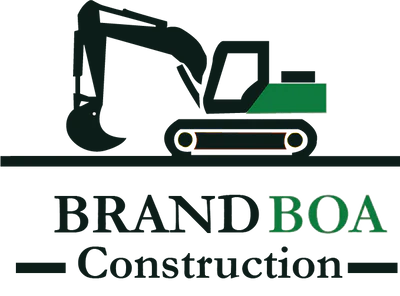What is the difference between a Quantity Take-Off and a Bill of Quantities (BOQ), and why does it matter in construction projects?
Share
Quantity Take Off vs Bill of Quantities: What’s the Difference—and Why It Matters
If you want a reliable building cost, start with a Quantity Take Off (QTO) — the disciplined process of measuring materials from drawings. Then turn those measurements into a Bill of Quantities (BOQ) — the structured price document used for quoting and tendering. This guide explains both in plain English, with real examples, so you can buy estimation services confidently.
What is a Quantity Take Off (QTO)?
Quantity Take Off is a careful count and measure of everything your project needs — bricks, concrete, rebar, plaster, paint, cables, pipes, doors, and so on — directly from drawings or models. Think of it as the shopping list with exact quantities. (“Take Off” simply means “take the quantities off the plans.”)
What is a Bill of Quantities (BOQ)?
A Bill of Quantities turns the QTO into a structured pricing document with line items, descriptions, units, and measured quantities — ready for rates, margins, and tender comparison. It’s the priceable schedule that builders and clients use to generate and compare quotes.
Key Differences at a Glance
| Aspect | Quantity Take Off (QTO) | Bill of Quantities (BOQ) |
|---|---|---|
| Purpose | Measure materials accurately | Organize quantities for pricing & tendering |
| Content | Numbers only (m², m³, m, qty) | Line items + quantities + rates + totals |
| Audience | Estimators & planners | Clients, contractors, QS, finance |
| Outcome | Measurement certainty | Comparable quotes; budget control |
| Risk if skipped | Under/over-ordering | Apples-to-oranges pricing |
Real-World Example: Small House Extension
Scenario Single-storey rear extension (4 m × 5 m).
QTO snapshot:
- Concrete slab: 20 m² at 150 mm thick → 3.0 m³ concrete
- Blockwork: perimeter 18 m × 2.7 m height → wall area 48.6 m²
- Insulation: slab area 20 m²; wall insulation 48.6 m²
- Plasterboard: internal walls/ceiling ~ 70 m²
- Doors/Windows: 1 patio door (2.4 m), 1 window (1.2 m)
See the flow? QTO numbers feed the BOQ pricing.
Why Clients Choose Brand BOA for Quantity Take Off
- ✓ Accuracy-first (we cross-check drawings, specs, and revisions)
- ✓ Transparent outputs (clean QTO sheets and price-ready BOQs)
- ✓ Tender-ready format (structured by trades, CSI/NRM/SMM where required)
- ✓ Time & cost control (you avoid overruns, delays, and scope creep)
“Precision equals profit. The better the Quantity Take Off, the tighter your procurement and the stronger your tender.”
Strong Terms You’ll Hear (Explained Simply)
How Brand BOA Delivers Your QTO → BOQ
- Brief & Drawings — You share plans, elevations, sections, specs (PDF, DWG, or BIM).
- Measurement (QTO) — We quantify materials and work items with audit trails.
- Structuring (BOQ) — We format line items for quick pricing and easy comparison.
- Checks — Internal peer review to remove errors and overlaps.
- Delivery — Editable Excel/CSV + PDF summaries you can send straight to suppliers.
- Aftercare — Revisions for drawing updates, addenda, or alternative specs.
What You Get When You Order a Quantity Take Off
- Measured take-off sheets (units clearly shown)
- Trade-by-trade breakdown (easy to allocate to subcontractors)
- Assumptions register (so everyone knows what’s included)
- Optional BOQ (structured for pricing & tendering)
Common Client Questions (Quick Answers)
Do I need both a QTO and a BOQ?
Short answer: Yes, if you want clean pricing. QTO gives quantities; BOQ turns them into a priceable schedule.
Can you work from PDFs only?
Yes. We measure from PDFs, CAD, or BIM. Native files help, but clear PDFs are fine.
What if my drawings change?
We update your QTO/BOQ quickly and version everything so your tender stays consistent.
How accurate is the QTO?
We target professional accuracy with peer checks. Final cost still depends on market rates and site conditions.
Mistakes to Avoid
- Guessing quantities instead of measuring from drawings
- Mixing units (m vs m² vs m³)
- Skipping an assumptions list — causes arguments later
- No trade breakdown — hard to price or compare tenders
TL;DR — The Takeaway
Quantity Take Off (measurements) → Bill of Quantities (priceable schedule). Get both right, and your budget, procurement, and tendering become faster and safer.
Get Your Quantity Take Off from Brand BOA
Upload your drawings and we’ll deliver a precise, tender-ready pack with QTO and optional BOQ — fast, clear, and built for winning bids.
Prefer email? Send plans to contact@brandboa.com and we’ll respond with next steps.
